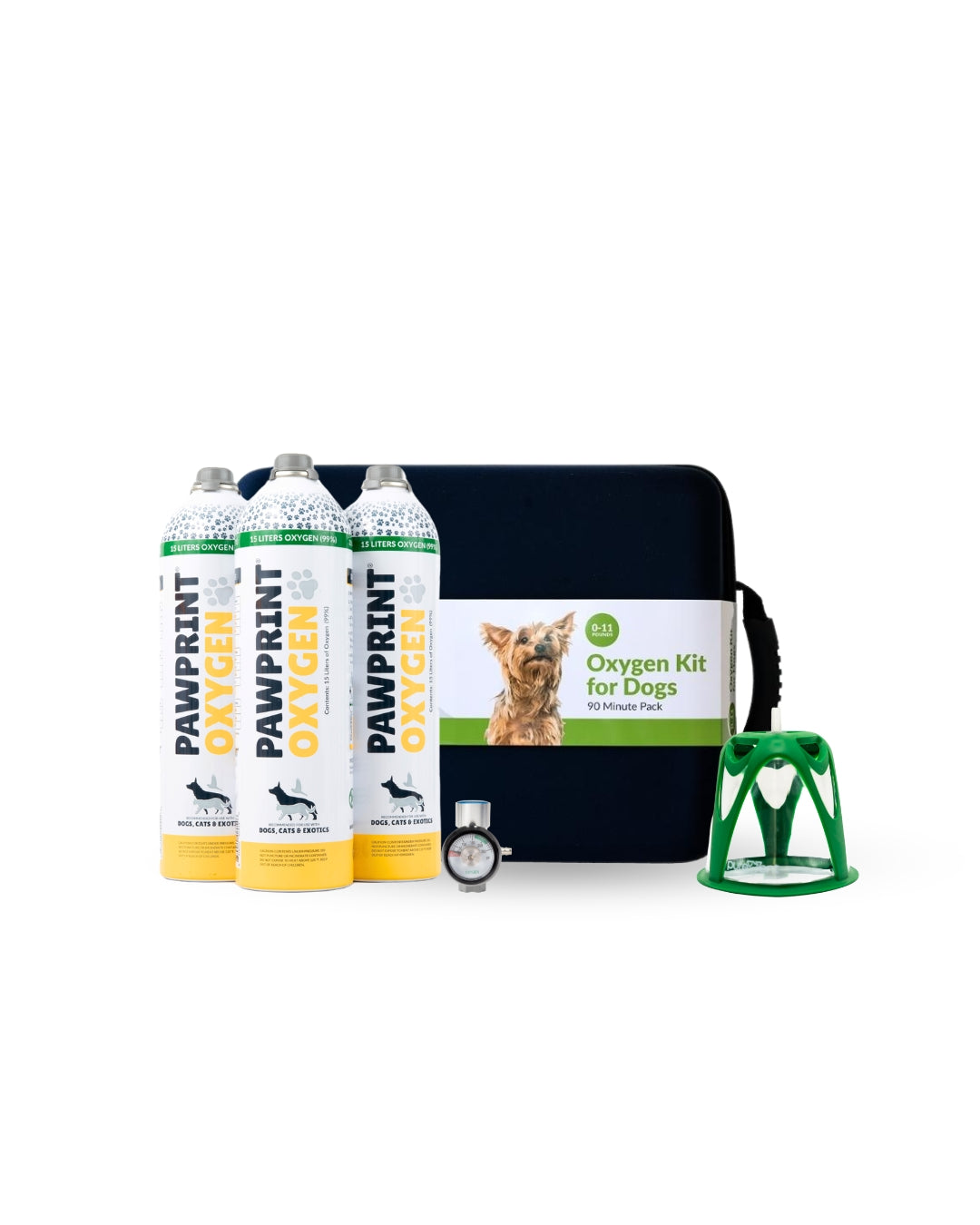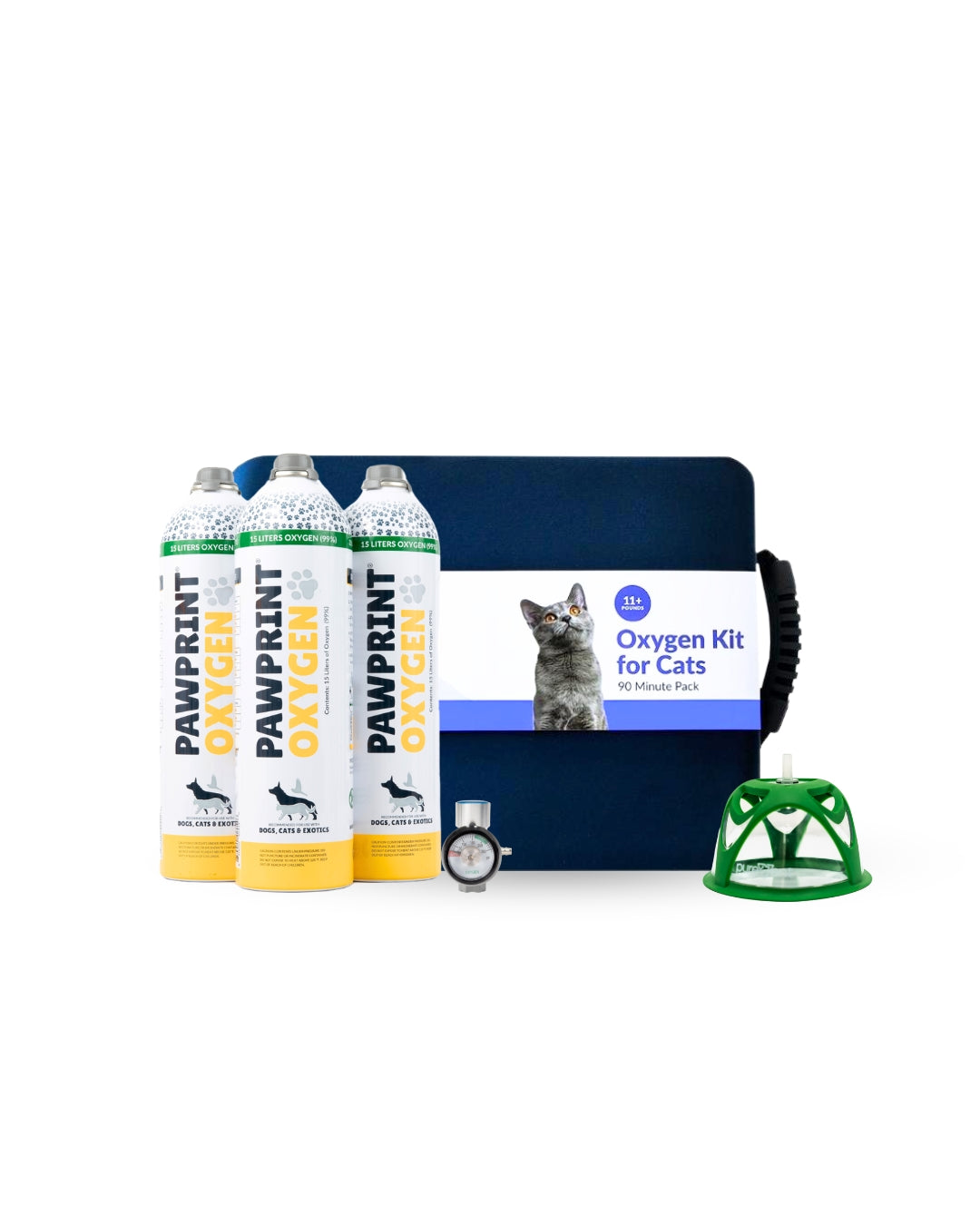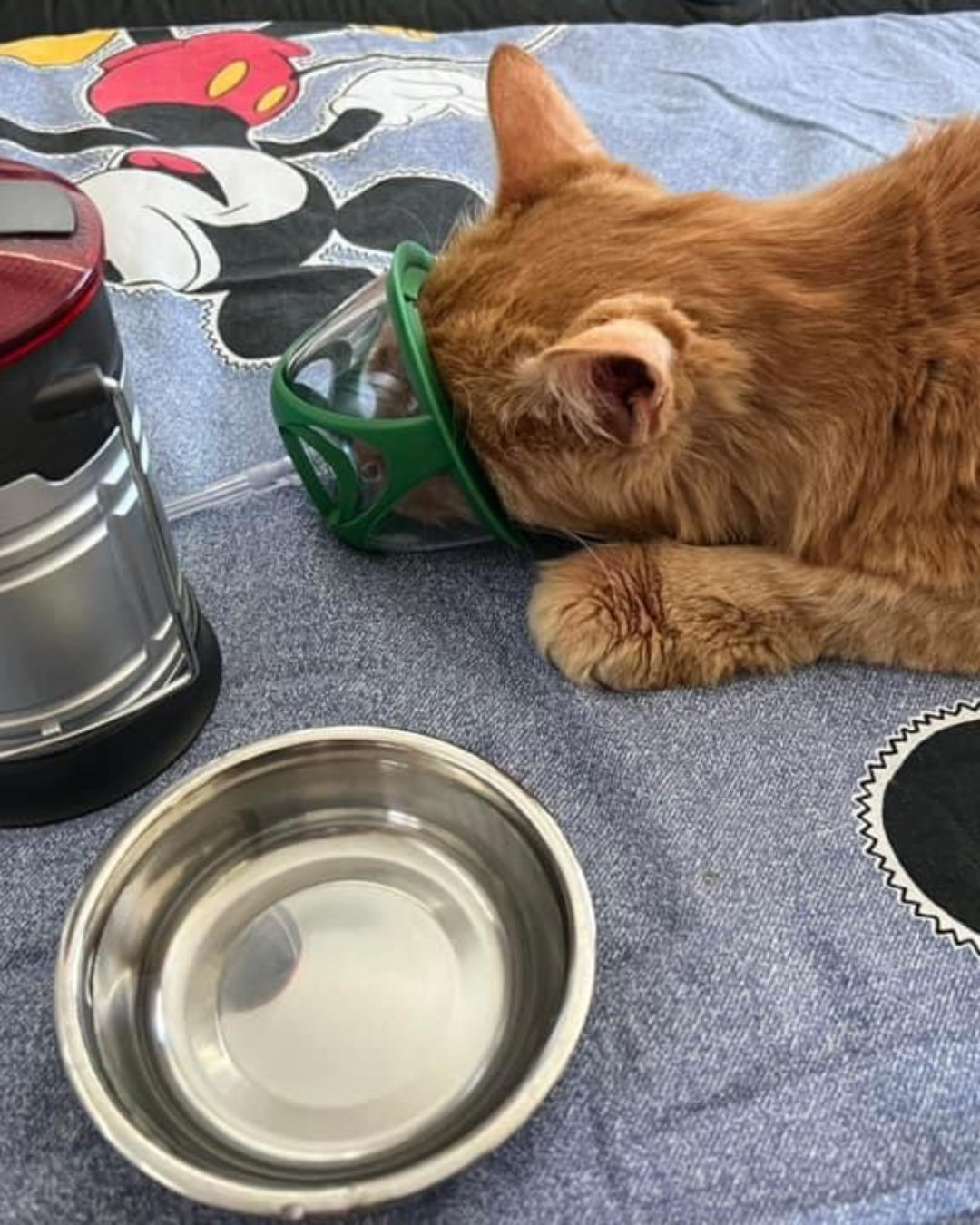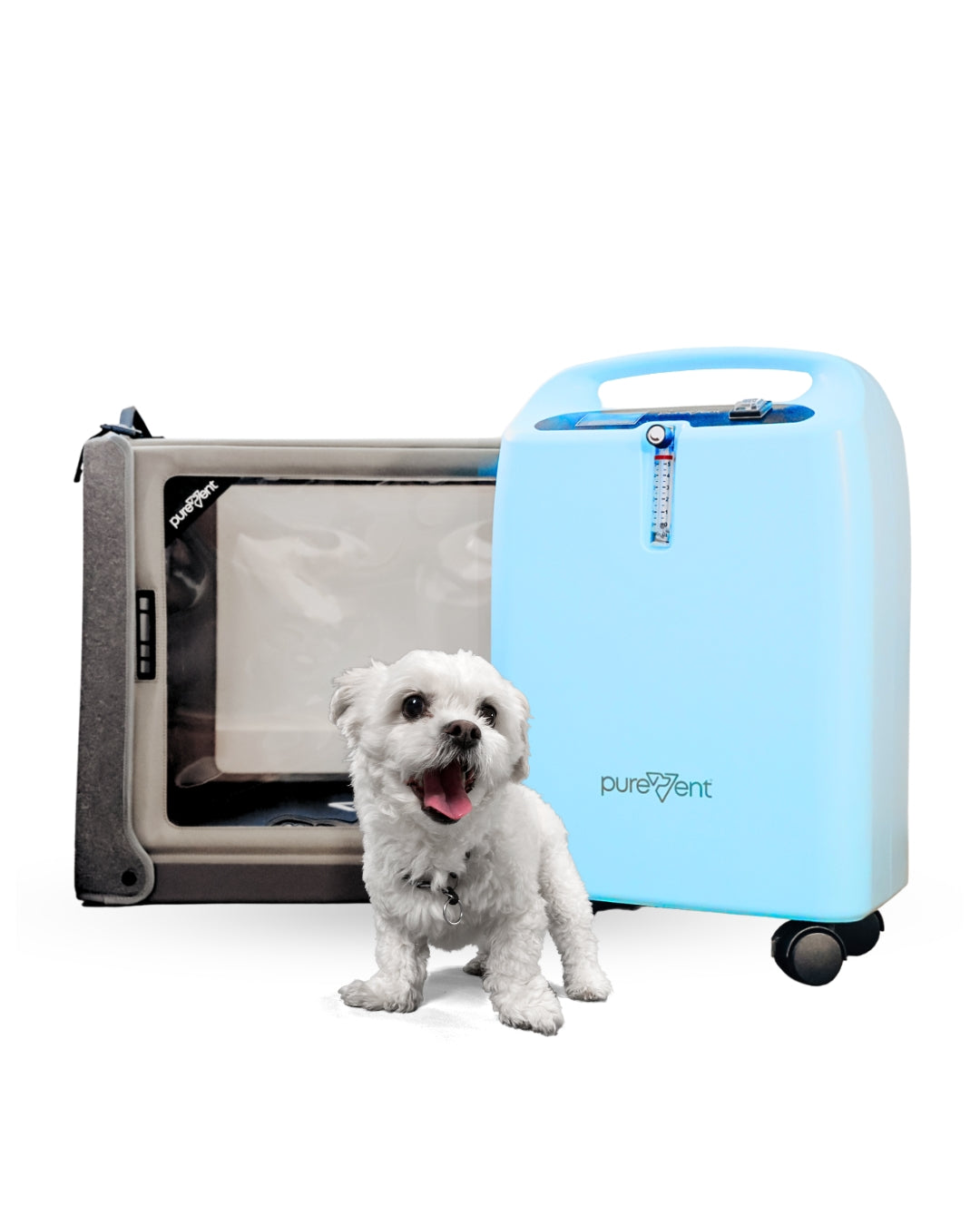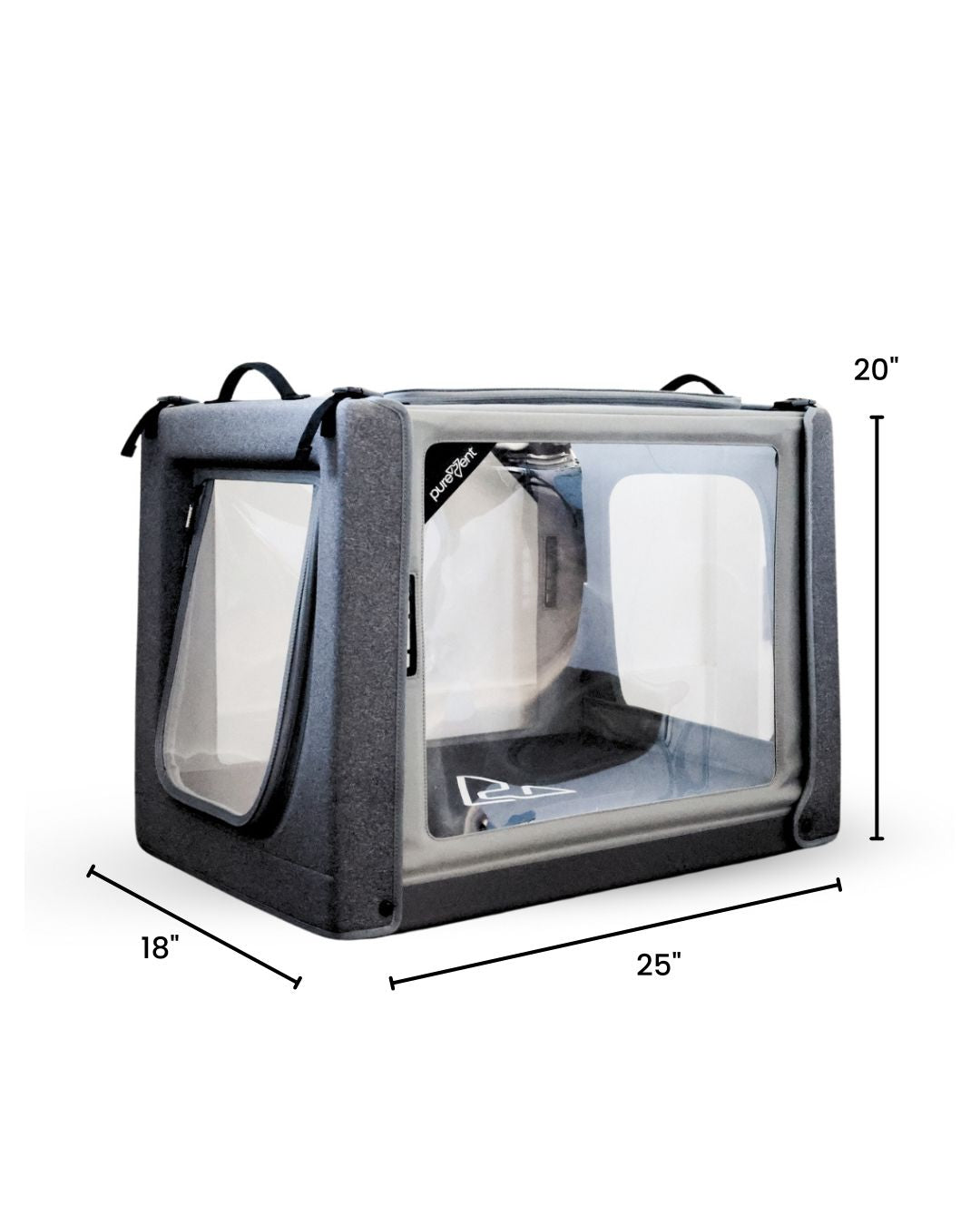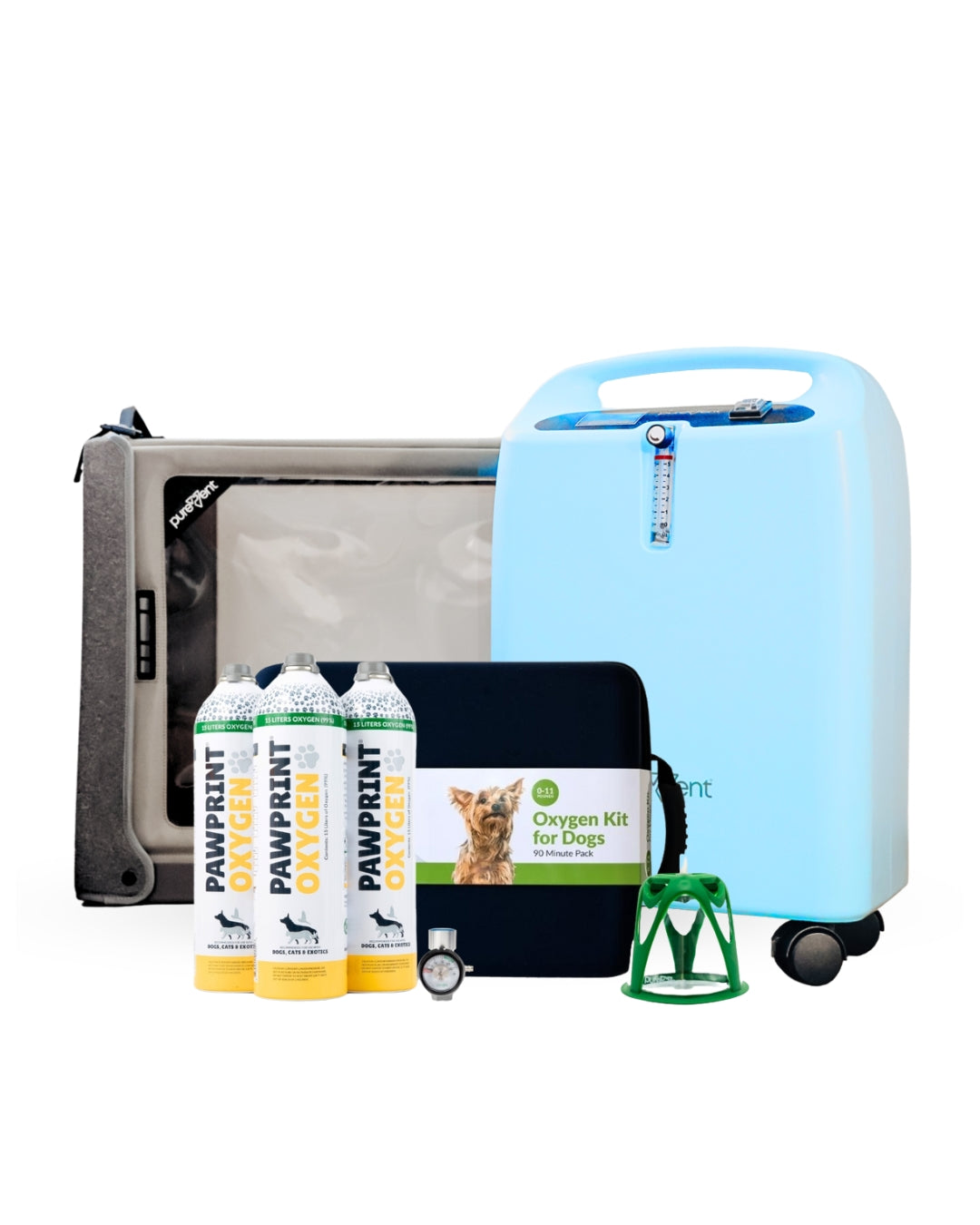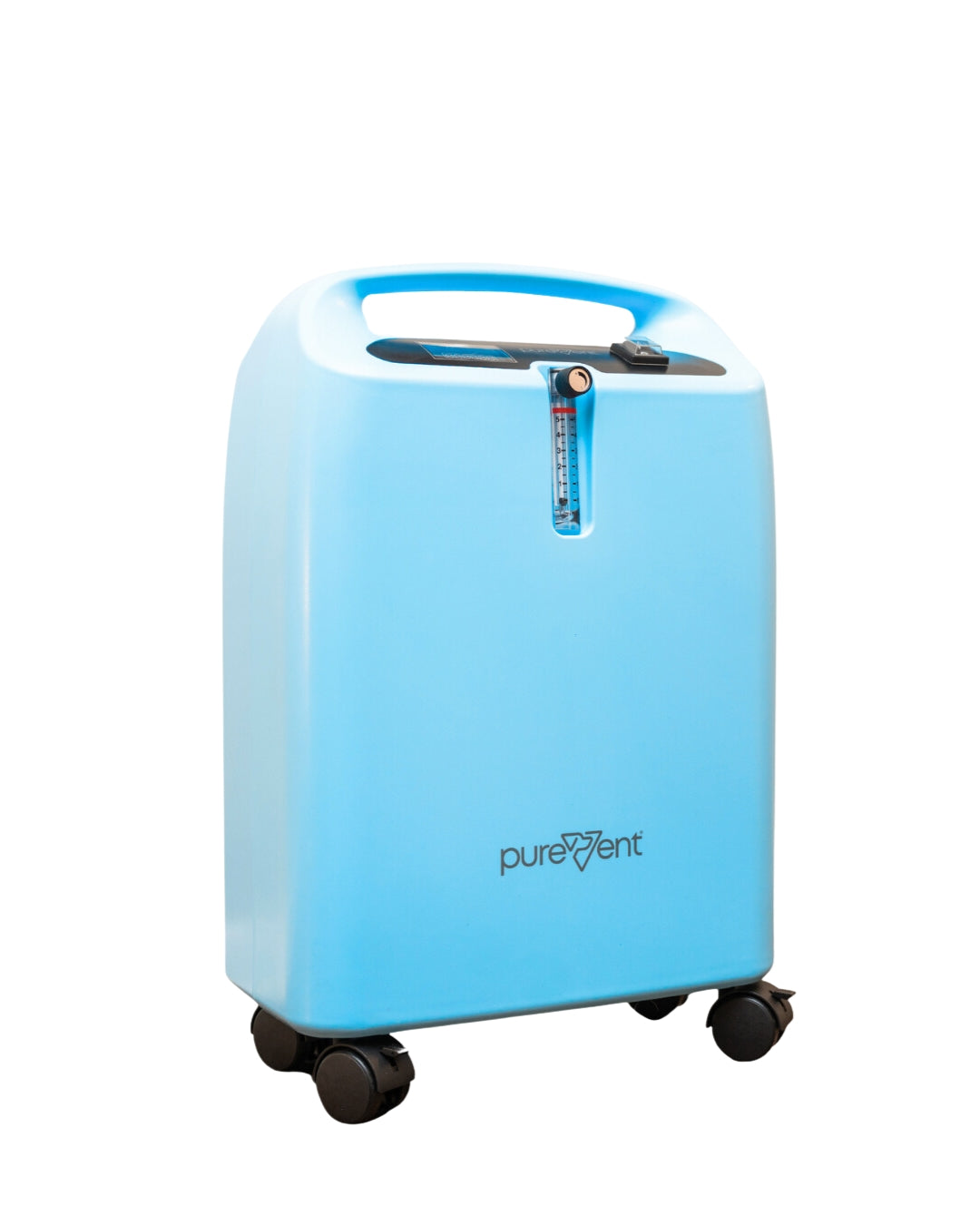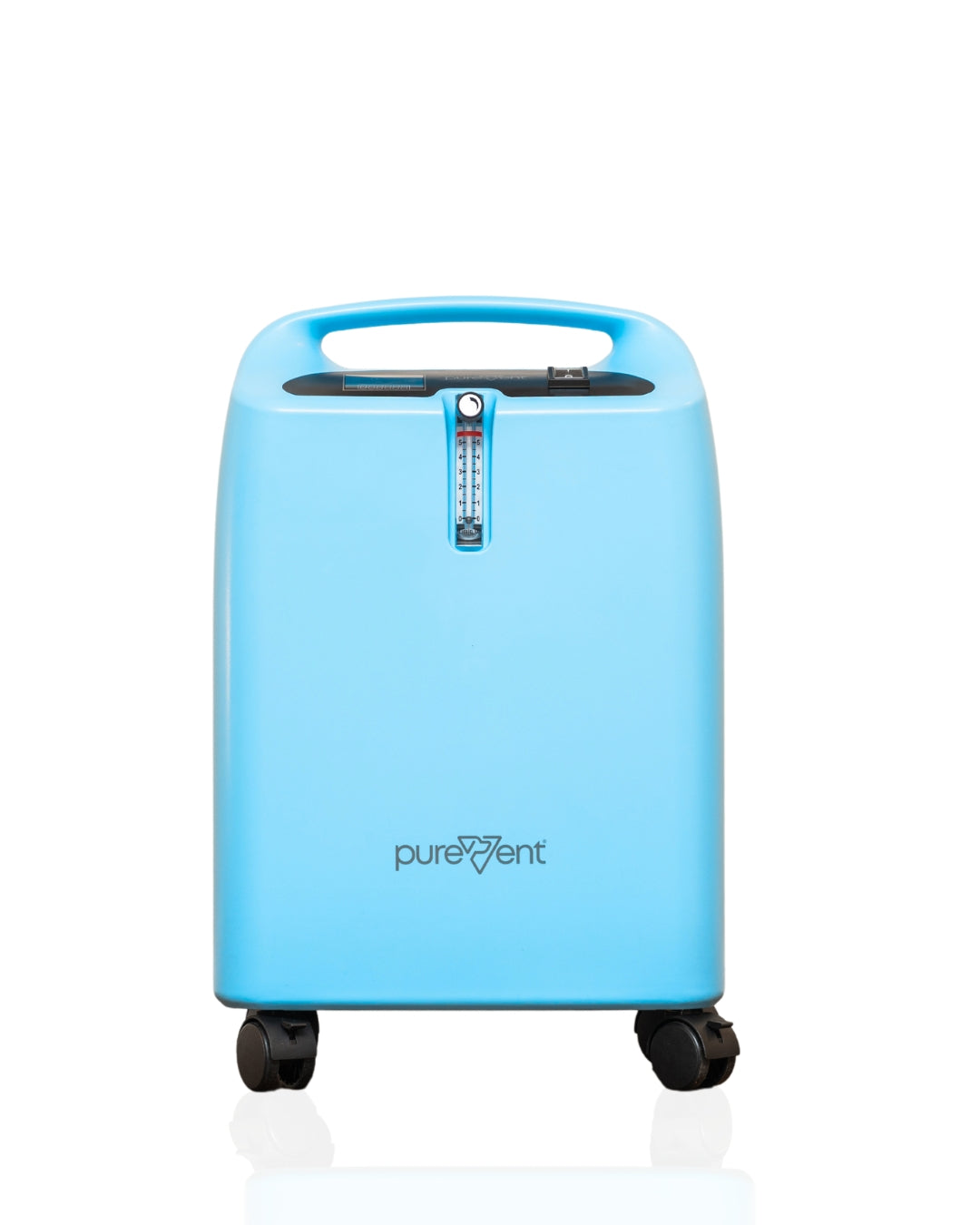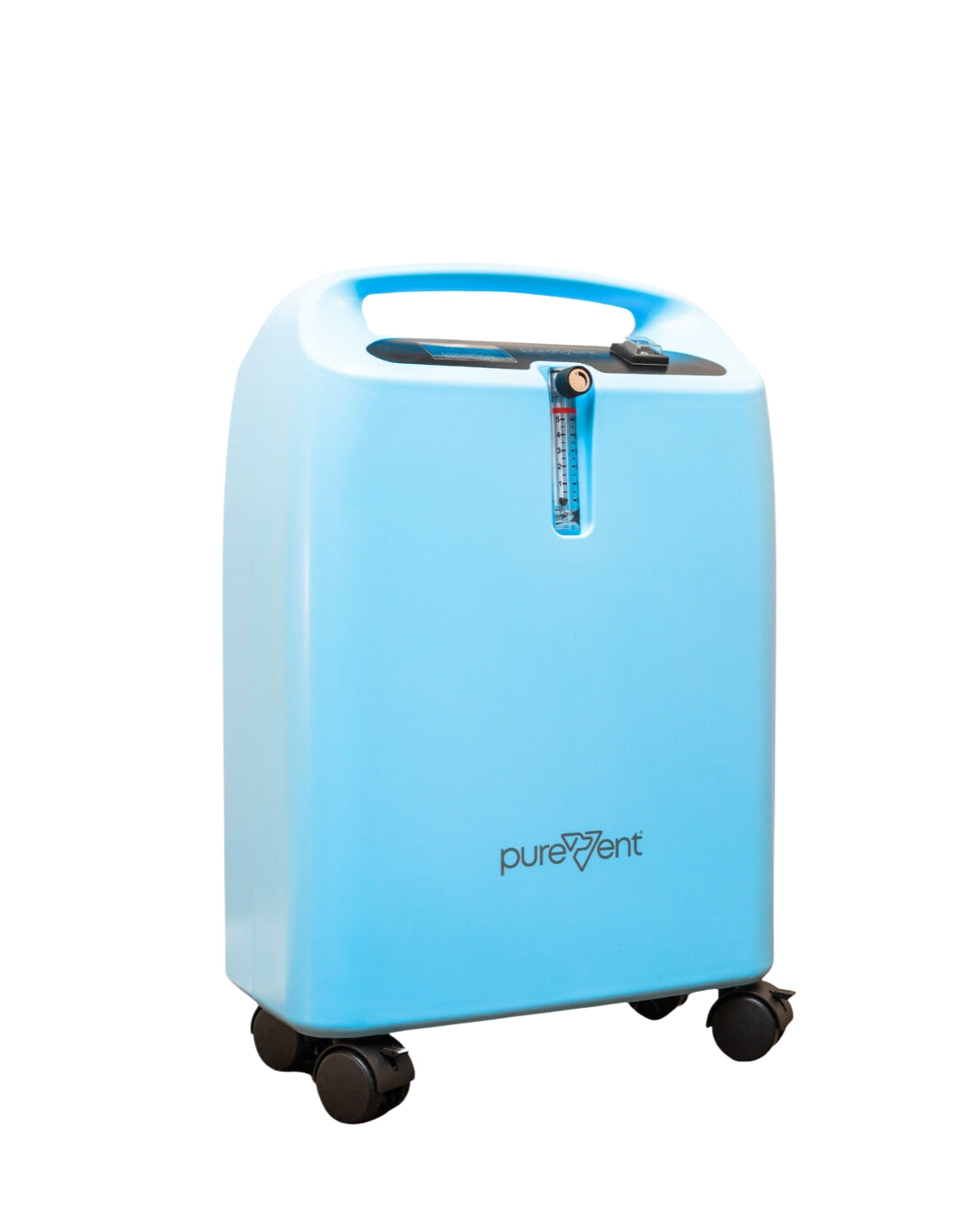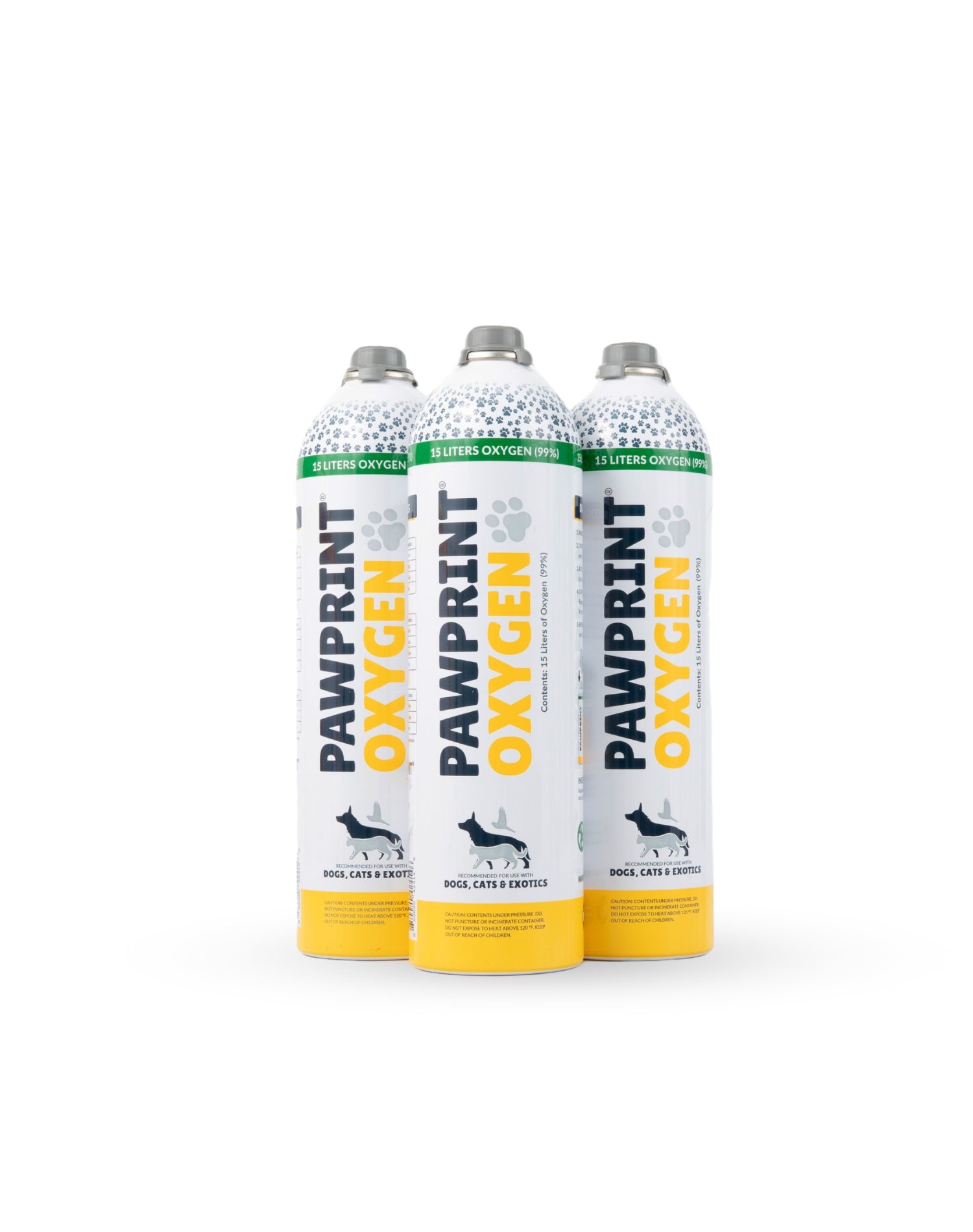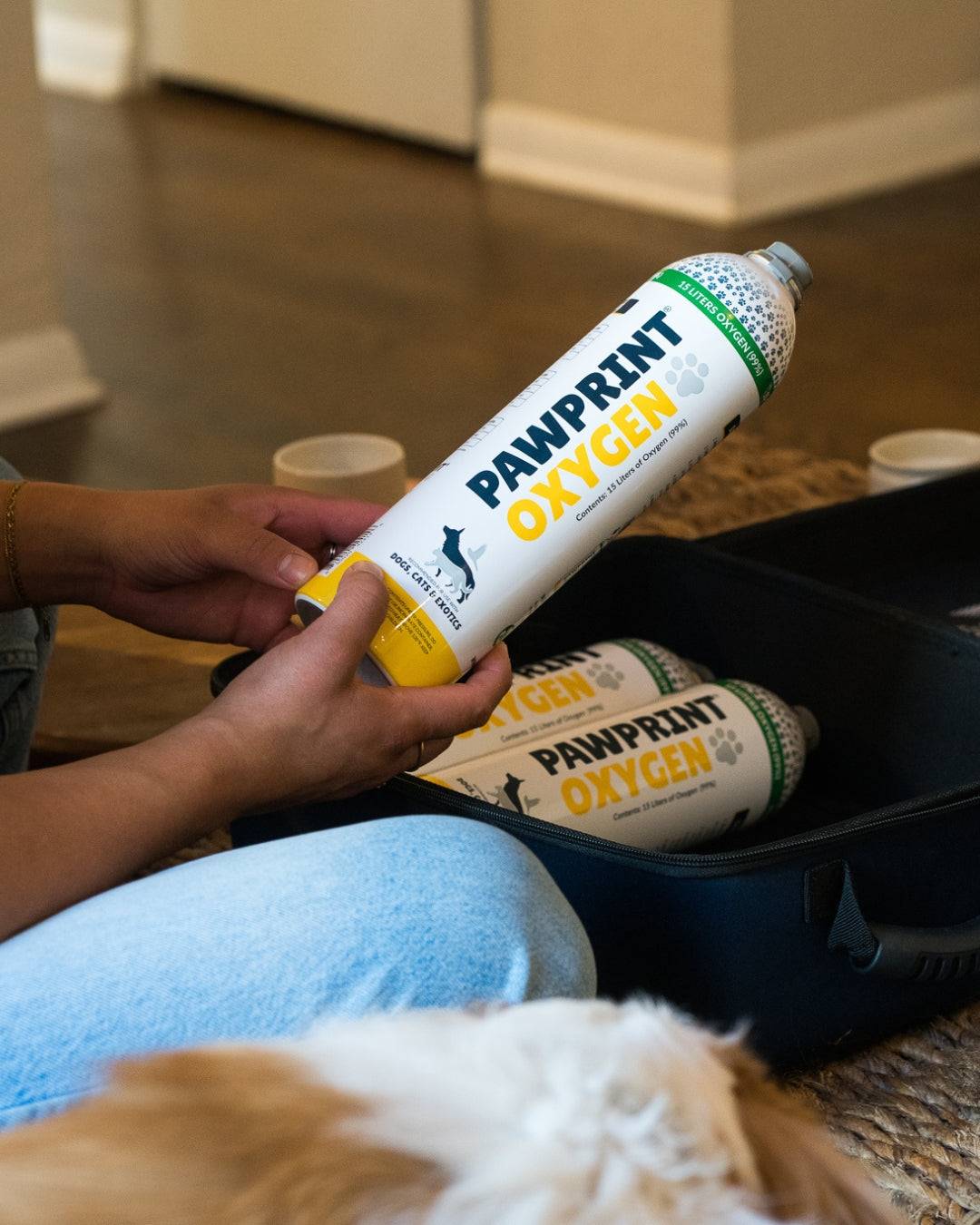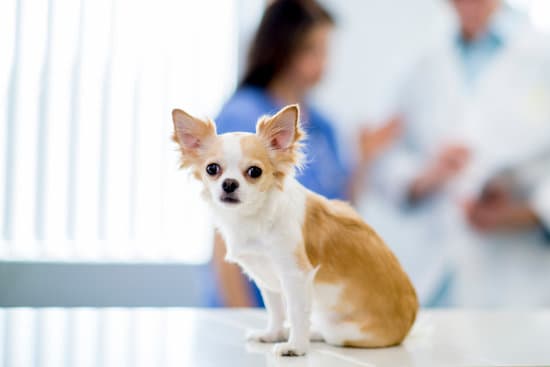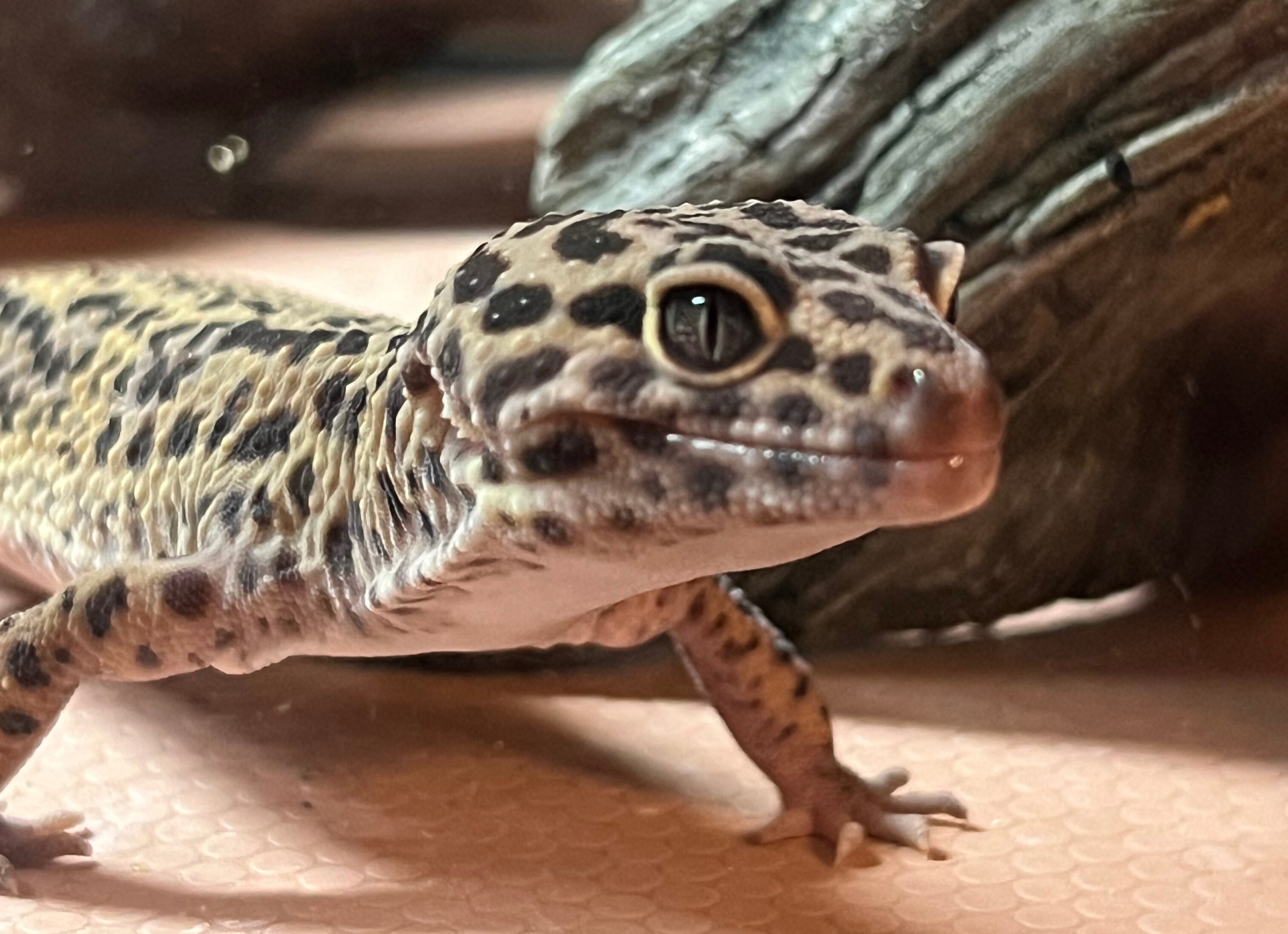Pet Oxygen Therapy with a Concentrator and Pet Oxygen Cage
Ensuring the health and well-being of our pets is a top priority for any pet owner. When a pet experiences respiratory distress or requires supplemental oxygen due to a medical condition, providing effective oxygen therapy can be a critical component of their care. Pet oxygen therapy helps alleviate breathing difficulties, supports recovery from illness or surgery, and improves overall quality of life for pets with chronic respiratory issues.
One of the most efficient and accessible ways to administer pet oxygen therapy at home is by using an oxygen concentrator and a specialized oxygen cage. This combination provides a controlled and consistent supply of oxygen, ensuring that your pet receives the necessary support in a comfortable and safe environment. In this blog, we will guide you through the process of setting up and using an oxygen concentrator and cage for your pet oxygen therapy sessions, covering everything from the benefits and equipment needed to step-by-step instructions and important safety considerations.
Whether you are a pet owner dealing with an emergency or managing a chronic condition, understanding how to properly give your pet oxygen therapy can make a significant difference in their health and recovery. Join us as we explore the essentials of oxygen therapy for pets, helping you provide the best possible care for your furry friend in the comfort of your home.
What is an Oxygen Concentrator?
An oxygen concentrator is a medical device that provides a continuous supply of oxygen-enriched air by extracting and concentrating oxygen from the surrounding environment. Unlike traditional oxygen tanks that store a finite amount of oxygen, concentrators produce oxygen on demand, making them a convenient and efficient option for long-term pet oxygen therapy at home.
How Does an Oxygen Concentrator Work?
An oxygen concentrator works by drawing in ambient air, which contains about 21% oxygen, and passing it through a series of filters and a molecular sieve. The sieve separates nitrogen from the air, increasing the oxygen concentration to approximately 90-95%. The concentrated oxygen is then delivered to your pet through tubing connected to an oxygen delivery system, such as a medical-grade oxygen cage or PureVent Pet Oxygen Mask.
Benefits of Using an Oxygen Concentrator for Pets
Continuous Oxygen Supply: Unlike oxygen tanks that need frequent refilling, an oxygen concentrator provides a steady, uninterrupted supply of oxygen as long as it is plugged in and operational.
Cost-Effective: Over time, oxygen concentrators can be more cost-effective than purchasing and refilling oxygen tanks, particularly for pets requiring long-term oxygen therapy.
Portability: Many modern oxygen concentrators are designed to be lightweight and portable, allowing you to move them easily within your home to where your pet needs it most.
Ease of Use: Oxygen concentrators are user-friendly, with simple controls and clear instructions, making it easy for pet parents to set up and operate them at home.
Setting Up Your Pet Oxygen Concentrator
-
Choose the Right Concentrator: Select an oxygen concentrator that is suitable for veterinary use and appropriate for your pet’s size and oxygen needs. Consult your veterinarian for recommendations.
-
Placement: Place the concentrator in a well-ventilated area near an electrical outlet. Ensure that it is positioned on a stable surface away from walls and furniture to allow proper airflow.
-
Connect to Oxygen Delivery System: Attach the oxygen tubing to the concentrator’s output and connect the other end to your pet’s oxygen delivery system, such as an oxygen cage or PureVent Pet Oxygen Mask.
-
Adjust Oxygen Flow: Set the oxygen flow rate as prescribed by your veterinarian. Most concentrators have a dial or digital controls to adjust the flow rate.
-
Monitor and Maintain: Regularly check the concentrator’s filters and clean or replace them as needed according to the manufacturer’s instructions. Ensure the device is functioning correctly and monitor your pet’s condition closely.
Safety Considerations
-
Avoid Overheating: Ensure the concentrator is in a well-ventilated area to prevent overheating. Do not cover the device or place it in a confined space.
-
Electrical Safety: Use a surge protector to protect the concentrator from power surges. Do not use extension cords or power strips.
-
Emergency Plan: Have a backup plan in case of a power outage. Discuss alternatives with your veterinarian, such as using portable oxygen kit temporarily.
Using a pet oxygen concentrator at home can significantly improve the quality of life for pets with respiratory issues. By understanding how these devices work and how to set them up properly, pet parents can provide their furry companions with the oxygen support they need to thrive.
Setting Up Your Pet Oxygen Cage
For pet parents who need to administer pet oxygen therapy to their furry companions, combining an oxygen concentrator with a pet oxygen cage offers an effective and comfortable solution. A pet oxygen cage provides a controlled environment where your pet can receive the necessary oxygen support without the need for a mask or other direct delivery methods, which can sometimes cause stress or discomfort. Here’s how to set up and use an oxygen concentrator with a pet oxygen cage:
Setting Up Your Pet Oxygen Cage
-
Select the Appropriate Cage: Choose a medical grade pet oxygen cage that is appropriately sized for your pet, ensuring there is enough room for them to stand, turn around, and lie down comfortably. The cage should be made of clear, durable material to allow for easy monitoring.
-
Prepare the Cage: Place the pet oxygen cage in a quiet, comfortable area of your home where your pet feels safe. Ensure the location has good ventilation and is free from direct sunlight or drafts.
-
Attach the Oxygen Tubing: Connect one end of the oxygen tubing to the output of the pet oxygen concentrator. Attach the other end to the designated oxygen input port on the cage. Make sure the connection is secure to prevent any oxygen leakage.
-
Check for Proper Ventilation: While your pet is inside the oxygen cage, ensure that the cage is properly vented by leaving the zipper open 6-8 inches to allow for proper airflow and prevent CO2, heat, and humidity buildup inside the cage.
1. Start the Pet Oxygen Concentrator
Turn on the oxygen concentrator and set the flow rate as recommended by Pawprint Oxygen or your veterinarian. During this step, make sure the door of the cage is completely zipped up, so that you can pre-fill the pet oxygen cage. We recommend pre-filling for at least 15 minutes before placing your pet inside the oxygen cage.
2. Place Your Pet in the Oxygen Cage
Gently place your pet inside the oxygen cage and close the door securely, leaving a 6-8 inch gap for proper venting. This allows excess CO2, heat, and humidity to escape. Make sure your pet is comfortable and that they have access to their favorite blanket or toy to reduce stress.
3. Monitor Your Pet
Regularly check on your pet to ensure they are comfortable and responding well to the oxygen therapy. Look for signs of improved breathing, reduced anxiety, and overall relaxation.
4. Duration of Therapy
Follow your veterinarian’s instructions regarding the duration of each oxygen therapy session. Some pets may require continuous oxygen support, while others may only need it for specific periods. If your veterinarian does not have a specific guideline to follow, we recommend a therapy session of 30 minutes up to 2 hours at a time.
Safety and Maintenance
Using a pet oxygen concentrator with an oxygen cage is a highly effective way to administer oxygen therapy at home. By following the proper setup and safety guidelines, you can provide your pet with the necessary respiratory support in a stress-free and comfortable environment.
-
Regular Cleaning: Keep the pet oxygen cage clean and sanitized. Remove any waste promptly and clean the surfaces with pet-safe disinfectants when needed. Regular cleaning helps prevent infections and keeps the environment comfortable for your pet.
-
Observe for Signs of Distress: Watch for any signs of distress or discomfort in your pet, such as excessive panting, drooling, or attempting to escape the cage. If you notice any of these signs, stop the therapy and consult your veterinarian immediately.
-
Emergency Preparedness: Have a backup oxygen supply, such as portable oxygen canisters, in case of a power outage or concentrator failure. Knowing how to switch to the backup supply quickly can be crucial in emergencies.
Providing Vital Treatment with Pet Oxygen Therapy
Pet oxygen therapy can be a vital treatment for our furry loved ones suffering from respiratory issues, heart problems, or other conditions that impair their ability to breathe. Using a pet oxygen concentrator and oxygen cage allows for a controlled and efficient way to deliver this essential treatment at home. By following the proper setup and usage guidelines, you can ensure that your pet receives the optimal care they need. Always consult with your veterinarian before starting any pet oxygen therapy regimen to tailor the treatment to your pet's specific needs. With the right approach, pet oxygen therapy can significantly improve your pet's quality of life and aid in their recovery.




